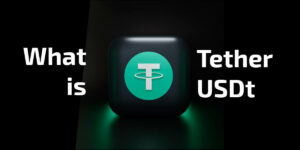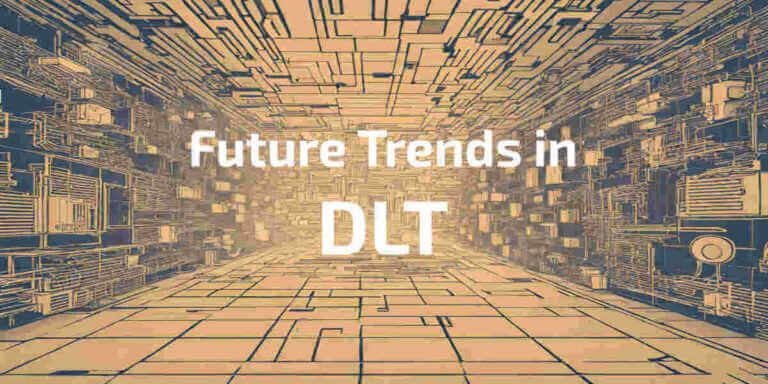
The world of money and business is changing fast, and there’s a new technology called DLT leading the way. In this article, we’ll talk about what distributed ledger technology is and how it’s shaping the future.
We’ll also look at how different businesses are using it, not just the big banks. Furthermore, we will mention some problems they face with this new tech and how they can get ready for a future where DLT is everywhere. Trust us, you’ll want to know about this.
So get comfy and let’s explore the future trends in distributed ledger technology together.
- 1. Understanding the Hype Around DLT
- 2. How DLT is Changing Future Business Processes
- 3. Real-World Trends of Distributed Ledger Technology
- 4. Future Trends in Distributed Ledger Technology
- 5. Permissioned vs. Non-Permissioned: What’s the Future in DLT?
- 6. How will the Future of DLT Reshape Firms?
- 7. The Future of Distributed Ledger Technology in Capital Markets
- 8. Key Takeaways: The Future of DLT
- 9. Are Businesses Ready for the DLT Revolution?
- 10. Conclusion
Understanding the Hype Around DLT
Distributed Ledger Technology (DLT), is making big changes in how money and business work. Think of it like a special kind of digital notebook that everyone can see and trust. With this technology, things can be more open and happen faster because we don’t need as many middlemen. This technology can also help make sure things like products or digital stuff are real and not fake. Plus, there’s a kind of digital money called stablecoins that’s getting really popular, and lots of big companies and even governments are looking into it.
For mainstream financial institutions, the true value of crypto innovations appears to lie in the underlying technology, rather than the crypto-assets themselves. More specifically, it is likely to be in permissioned chains which eliminate many of the inefficiencies presented by legacy settlement systems. This technology allows established industry leaders to expand their portfolios and create new value streams enabling startups to dream up exciting new business models that consume far less energy.
Many companies using distributed ledger technology already. They have implemented some amazing new functions to accelerate their businesses, and not only in the financial industry.
The Evolution of DLT: A Brief Overview
DLT started with something called blockchain, which is what Bitcoin uses. Then came the Ethereum blockchain, which added “smart contracts” to make things even cooler. There are also platforms like Polkadot that help different ledger systems work together. People are always trying new things with distributed ledger technology to see how it can help in many areas.
Even though some people doubted blockchain and DLT before, they’re now starting to see the practical use cases and how useful they can be. This third generation, the “semantic web,” as it is called by its inventor Tim Berners-Lee, was reframed in a blockchain context by Gavin Wood (co-founder of Ethereum blockchain and Polkadot) and shortened to Web3.
How DLT is Changing Future Business Processes
Future trends in distributed ledger technology changing how businesses work, making things faster and simpler. Think of it as a super-smart helper. It can automatically make deals using something called “smart contracts,” which helps businesses work better. DLT is also helping in areas like keeping track of products or goods. It’s important to learn about how it is helping businesses. Using this technology can make your business even better!
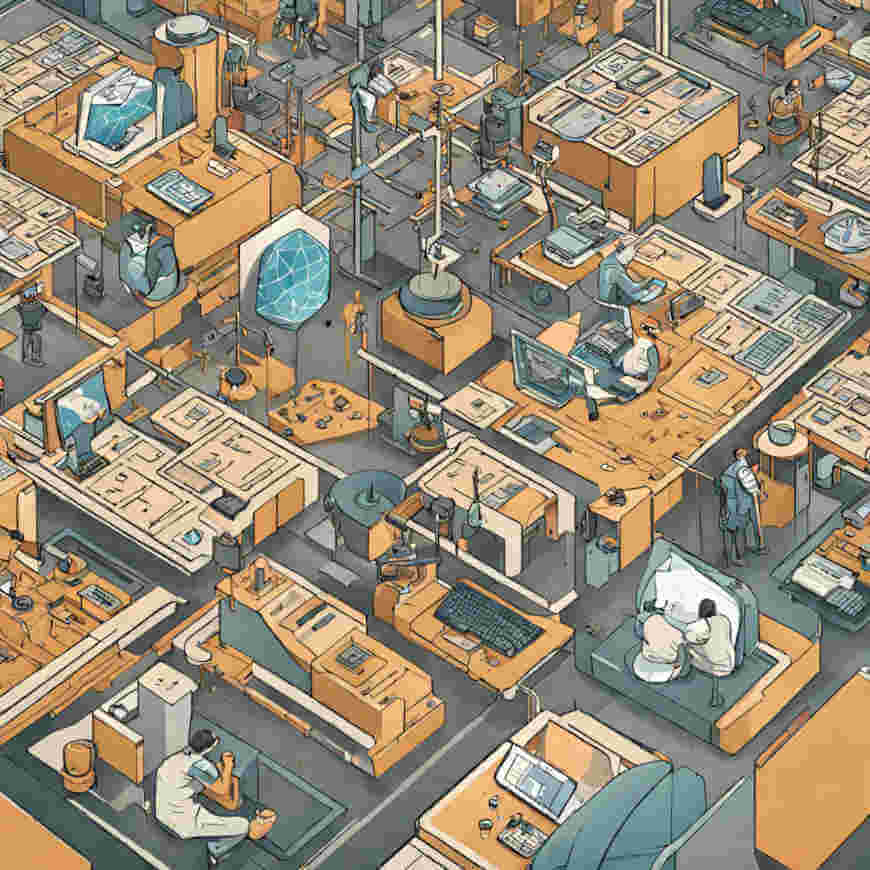
Share this Image on Your Site:
Tangible and Digital Asset Management with DLT
Learn about a cool tech called distributed ledger technology. It helps keep track of things, both you can see (like toys) and things you can’t (like computer files). DLT can show where stuff came from and who owns it. Some people even turn things into digital tokens using this technology, which is like having a special code for them. This tech is changing how we handle and keep track of things. Find out how it’s being used now and what it might do in the future!
Real-World Trends of Distributed Ledger Technology
Future trends in distributed ledger technology are making big changes in many areas, not just Wall Street. People are finding new ways to use DLT in things like keeping track of items being shipped and in online money systems, such as Bitcoin. It can also help with online IDs and protect creative works. It’s important to know what’s new with this tech in different fields and the potential impact it can have.
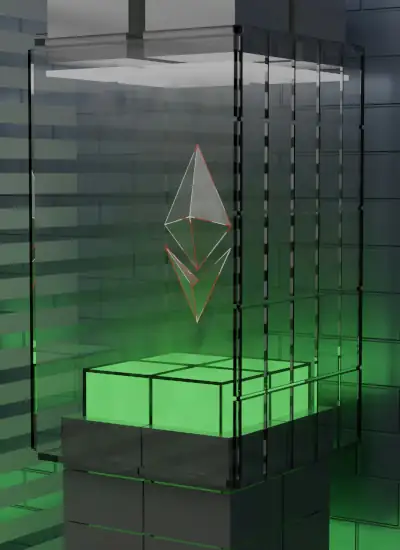
Unlock Your Business Potential with Certified Blockchain Consulting!
Dive into the future of technology with our team of certified blockchain experts. Simply pick the service you need:
Personalized Advice – tailored to your business needs.
Comprehensive Training – for you and your team.
Development Services – innovative solutions from the whitepaper to the finished blockchain.
Programming – with capabilities and tools to succeed.
TALK TO THE EXPERTS TODAYBlockchain Beyond Wall Street: DLT in Various Industries
DLT is growing in many areas, not just in money-related stuff. It’s helping in health care, moving goods, and using energy better. It can also help people trust what the government says and does. Plus, it’s being used in making things and farming. Learn about the cool ways distributed ledger technology is helping in different jobs.
Future Trends in Distributed Ledger Technology
Future trends in distributed ledger technology are like a special type of computer system for keeping track of information and has no central data store or administrative functionality. People think it can help make the world of money and banking better and cheaper. While a lot of people talk about digital money, the really cool thing might be the technology behind it. This technology can work with other new technologies like smart computer programs to do even cooler stuff.
Governments and other big groups are looking at how this can make things run smoother. As more people understand and trust DLT’s functionality, more areas other than just banking might start using it.
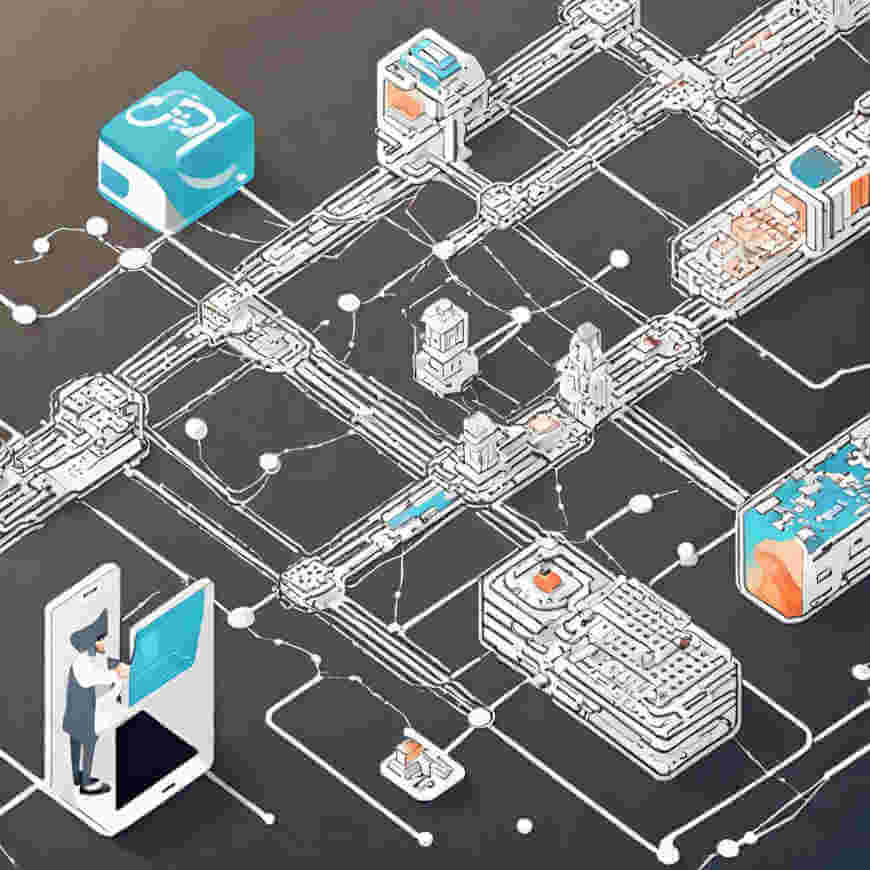
Share this Image on Your Site:
Trust as the New Killer App in DLT
Trust is super important when we talk about a new technology called Distributed Ledger Technology. Think of DLT as a digital notebook that many people can see and use, but no one can secretly change. This makes people trust it more. It is being used in things like tracking where stuff comes from and in online money. One cool thing about it is that you don’t need intermediaries; so, if two people want to trade or do business, they can do it directly. This builds even more trust.
However, there’s one thing to be careful about. Every time we use DLT in a new way, it has its own special digital coin or “token.” Each of these tokens can have different levels of safety. So, we have to be careful and understand the risks associated with counterparty issuance. This new technology is changing how we do business, and it’s exciting to see where it will go!
Increasing Regulation for DLT
Governments and other big groups are seeing that they need to set rules for a new technology called Distributed Ledger Technology and its various use cases in the regulatory context of the European Union (EU). While global regulators have been highly vocal in their concerns around crypto-assets, they have shown encouragement and enthusiasm for the underlying infrastructure, including payment systems. They’re worried about things like digital money but are excited about the technology behind it. In fact, many regulators have been working with businesses to try out this new technology in safe ways.
They want to make sure this technology helps people but is also safe. When these groups make rules, it can help DLT, including payment systems, become even better and safer for everyone, including government agencies. It’s important to know that these rules will help distributed ledger technology become more popular and used by many people. In December 2021, European Union (EU) ambassadors endorsed the provisional political agreement between the Council and Parliament on a pilot regime (part of the 2020 Digital Finance Package).
We’ll see more regulation — but not a complete framework. Various jurisdictions in Europe and the OECD (among others) are also making progress. But given the complexity, we expect most legislation and agency rulemaking to likely remain incomplete for some time to come.
Traditional Finance Institutions and DLT
Banks and financial institutions around the world are getting interested in a new thing called Distributed Ledger Technology. They believe that this tech can help them work better, save money, and make things faster. When they use DLT, it can make everything clear and safe, which can help people trust them more.
A big finance group called Caisse des Dépôts talked to other financial institutions and tech businesses. After their talks, they joined with 10 other groups to start something called LaBChain, a consortium dedicated to exploring opportunities using distributed ledger technologies for the financial services sector. This group wants to learn more about how distributed ledger technology can help the world of money and banking, such as collateral management, shared know your customer (KYC), Euro tokenization, regulations passed by the French parliament in 2019 and 2021, and the building of prototype digital platforms enabling green bond issuance in Hong Kong in November 2021.
This prototype simulates the lifecycle of a typical bond on a permissioned DLT platform, including origination, subscription, settlement, and secondary trading.
The Rise of Non-Fungible Tokens (NFTs) and Web3
NFTs are like special digital stickers that show you own something unique online. They use a special technology called DLT to work. People are not just using NFTs for digital art but also for games, collector’s items, and other online stuff. There’s also something called Web3 that uses distributed ledgers. It’s like a new version of the internet where users have more control.
Because of distributed ledger technology, people can do more fun and exciting things on Web3, and NFTs are a big part of that. The spread of NFTs will be linked, we believe, to the growth of web3. Both the highs and lows that NFTs have recently experienced had the same root cause: too much focus on the asset value, which led to rampant speculation. There was too little focus on how these tokens, which can securely represent unique physical or digital objects, have the potential to provide real business utility, including intellectual property.
The Role of Interoperability: Merchants, Social Media, and Telcos in DLT
Businesses can use distributed ledger technology to make online shopping safer and more trustworthy. Social media sites can use it to help protect users’ posts and personal information. Phone companies can use it to make sure our digital identities are safe. The interoperability of distributed ledgers is the door opener for these companies to work together. When these businesses work together, they can use this tech even more effectively. All of these groups can find new ways to earn money and provide better services with DLT, including playing larger roles in digital identity and the digital economy more broadly.
Permissioned vs. Non-Permissioned: What’s the Future in DLT?
Permissioned distributed ledger technology networks grant access to approved participants, providing privacy and control. On the other hand, non-permissioned DLT networks allow anyone to join, promoting openness and decentralization. Understanding this distinction is crucial for selecting the appropriate network. Future trends in distributed ledger technology are on both sides, depending on your needs.
How will the Future of DLT Reshape Firms?
DLT is like a new tool that can help businesses work better and faster. It can make things clearer and save money. Companies that use it might get ahead of others. This new way could change how some businesses work. But, to use it right, they’ll need people with deep experience in understanding how it works.
Preparing Businesses for Trends in DLT
Distributed ledger technology can make your business better. Think of it as a special computer system that helps you do things faster and easier. If you start using DLT before other businesses do, you can be ahead and do better. It can bring new chances and changes to how you work. For example, Microsoft uses a type of distributed ledger technology called blockchain, which is also utilized by top manufacturers like Deloitte, to keep track of financial transactions, payments, and deals with its video game partners.
Consultants from iMi Blockchain teaching clients around the globe about the future trends in distributed ledger technology too. Early adoption of distributed ledgers is key to preparing a business for this trend.
The Future of Distributed Ledger Technology in Capital Markets
Imagine a big marketplace where people buy and sell things like stocks or bonds. This place is called “capital markets“. Right now, these markets use older systems to keep track of who owns what. But sometimes, these systems can be slow, expensive, and make mistakes.
The future trends in distributed ledger technology will change these capital markets with the use of DLT they can keep track of everything. Why? Because it can make things faster, cheaper, and more accurate. It’s like upgrading from an old, slow computer to a brand-new, super-fast one!
So, in simple terms, the future of capital markets could be a world where buying and selling are smoother and more trustworthy, all thanks to this digital notebook, the distributed ledger technology!

Share this Image on Your Site:
Is DLT the Future of Digital Asset Management and Treasury?
DLT can change the way we handle online stuff, like pictures or music. It can make things clearer and easier to follow. With this tech, special online agreements, called smart contracts, can make tasks automatic. Plus, it can create new ways to use and make money from online items. It’s important to know the newest changes in using distributed ledger technology this way.
Trends in Digital Assets on Global Asset Management
DLT is getting more popular in the world of money and business. It’s changing the way people create, trade, and handle things of value in their value chain. Big banks and businesses are seeing how it can be useful in the world of blockchains and cryptocurrency. People are finding new ways to use distributed ledgers, and it’s always improving. Keep an eye on this big change in the way we manage valuable things.
Our in-depth analysis equips you with the knowledge necessary to make strategic decisions and capitalize on growth prospects. The global blockchain market, which includes Distributed Ledger Technology, was valued at USD 1480.33 million in 2021 and is expected to expand at a CAGR of 27.48% during the forecast period, reaching USD 6353.19 million by 2027. The addition of the keyword “hype” highlights the growing interest and excitement surrounding DLT and its potential to drive real productivity in the world of blockchain and cryptocurrency.
Key Takeaways: The Future of DLT
Reading about future trends in distributed ledger technology, we’ve learned a lot about governance, transparency, interoperability, and the importance of provenance. This thing can change many businesses in big ways by making things clearer, helping different systems work together seamlessly, and improving rules.
There are also new trends and problems to watch out for. It’s important for market participants to keep up with what’s new in DLT for its future. One of the key trends to watch out for is the adoption of distributed ledger technology in corporate ecosystems for process improvements, traceability solutions, increased transparency, supply chain management systems, and AI integration.
Lessons Learnt from the Consulting Journey So Far
Clients can learn from the experts about distributed ledger technology! We at iMi Blockchain share what works and what doesn’t when businesses use this tech. Listen to stories from different areas and find out why working together is so important. Keep up with the best ways to use distributed ledgers successfully. Consider getting advice from the Blockchain Consultants at iMi.
Are Businesses Ready for the DLT Revolution?
Check if your group is ready for the new changes. Look at the good things and bad things about using distributed ledger tech in your business. Think about what you have now and if you can use it. Know the rules and what you need to follow. Get your group ready for the new chances DLT brings.
The future trends in distributed ledger technology are not a real revolution but more an evolution. It only depends on how you deal with it in your business. Just get ready for these future trends in distributed ledger technology, otherwise, the competition will outperform you.
Conclusion
Distributed ledger technology is like a special kind of record-keeping system. Imagine a notebook where everyone can see and check what’s written in it. This notebook can help businesses be more open and safe.
In the future, DLT could change how many companies work, especially in how they keep track of things like money or other important items. It can help them be more honest and work better.
But, there are also some problems. Some people think there should be rules about how DLT is used. Plus, it might be hard for some companies to start using it.
To sum it up, distributed ledger tech has a lot of good things to offer, but companies need to be ready for changes. They should learn about it, think about its good and bad points, and get ready to use it. The future with distributed ledgers is exciting, and companies should get on board! Therefore, you should contact us today to get started right away.
Learn Distributed Ledger Technology!
DLT Trainings in Small Classes
DLT Webinars & Tutorials
Certified DLT Courses
Get free DLT Tips!
Get monthly tips on how DLT can help your business.
On top, you’ll get our free blockchain beginners course right away.
